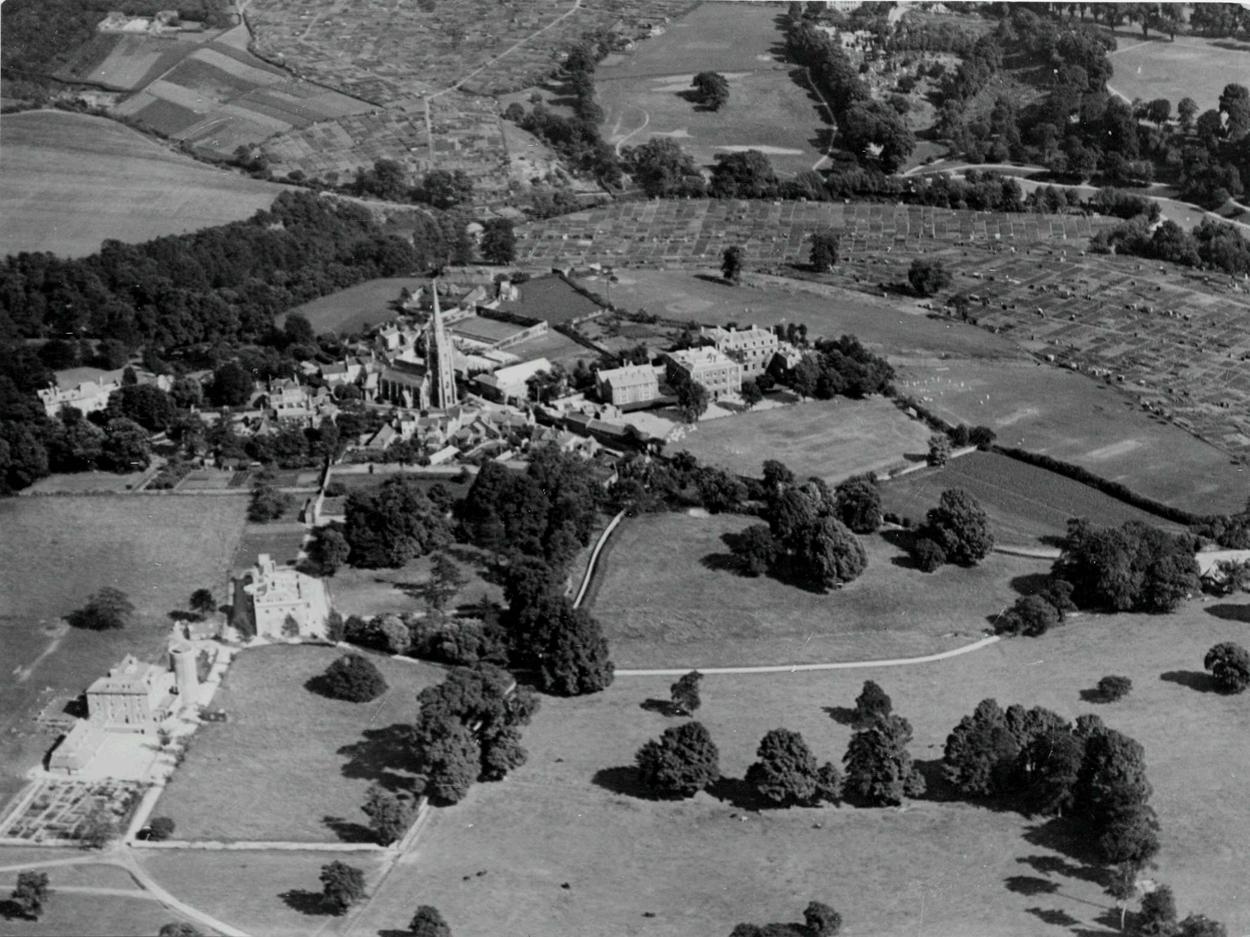All Hallows
Easton, City of Bristol

The 170 foot spire of Holy Trinity is one of those landmarks that you can see from all over the city of Bristol.
Stapleton, City of Bristol
Located in the northern suburb of Stapleton, it is home to a wide range of people of all ages.
Holy Trinity is a fine example of Victorian Gothic architecture in the Decorated style. It was built of Pennant stone quarried locally at Broom Hill. Coupled buttresses at its angles rise boldly in five stages to the rich parapet and are capped with crocketted pinnacles. These flank the spire whose eight angles are ornamented with crockets carved in Bath stone bands, the general facing being of Pennant stone in courses. A large metal cross surmounts the finial of the spire upon which you will sometimes see peregrine falcons looking for their next meal.
Inside there are a number of beautiful stained glass windows and historically interesting items including a 1000 year old font with marks showing where the hinges and lock were fitted for the font cover, necessary to prevent the superstitious use of the consecrated water. There has been a church on this site for at least 500 years.
The original dedication was to St Giles, but between 1691 and 1720 the old church was demolished and a new one, dedicated to the Holy Trinity, erected in its place. In 1854 the Bishop of Gloucester and Bristol, Bishop Monk, whose official residence was what is now Colston’s School, offered to rebuild the church at his own cost, desiring 'my fellow parishioners to understand that my motives in this work are to remove the source of dispute and contention for pews, caused by the inadequate size of the church, and to provide sittings for the poor as well as other classes of Parishioners'.

Easton, City of Bristol
Horfield, City of Bristol
In French gothic/arts crafts style, designed by La Trobe who designed various secular buildings in central Bristol.
Frenchay, Gloucestershire